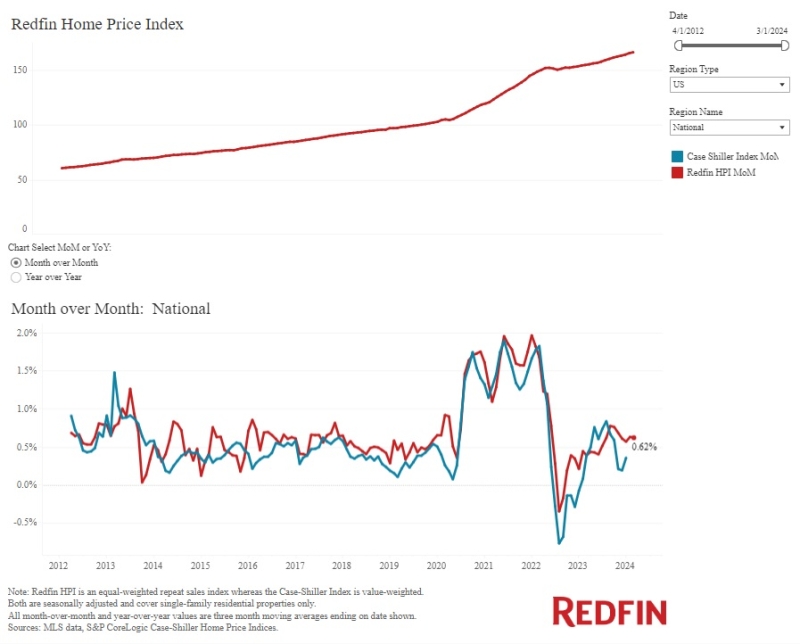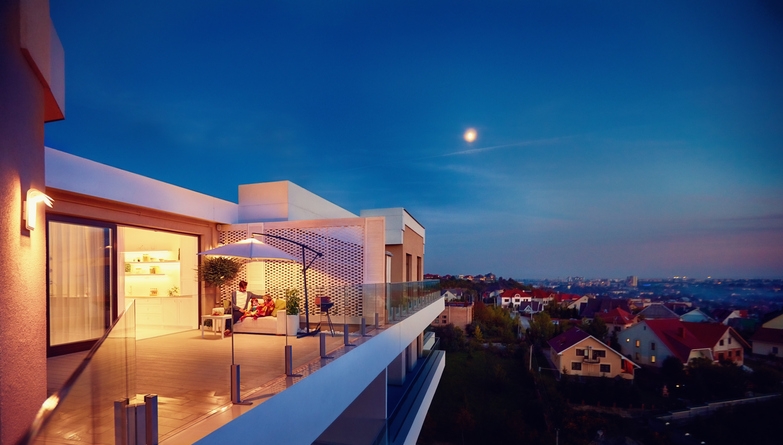Advertisement
Report finds: Consumers still stuck in financial distress as signs show of stability

CredAbility has released the CredAbility Consumer Distress Index results for the 2010 second quarter. The Index, a quarterly measure that tracks the financial condition of the average U.S. household, finds that high levels of unemployment and the strain of housing costs continue to keep consumers mired in financial distress. But consumers' net worth has increased for the past five quarters as they continue to pay down debt and, in some parts of the country, benefit from stabilizing housing prices.
For the quarter ended June 30, 2010, American households scored a 65.2 on the index's 100-point scale, up from 65.0 in the first quarter of 2010, yet still below the score of 66.5 for the same period one year ago. A score below 70 indicates a state of financial distress. The average U.S. consumer has been in financial distress for eight consecutive quarters, according to the Index.
For the first time, CredAbility is also releasing consumer distress scores for all 50 states and the District of Columbia. The second quarter 2010 data reveals stark regional differences. Only nine states, primarily in the upper Midwest and Great Plains, achieved scores above the distress threshold of 70 points.
Among the states, Nevada posted the worst score on the index with a 59.23, while North Dakota had the best performance, with a score of 78.95.
"The average American remains gripped by financial distress," said Mark Cole, CredAbility's chief operating officer and executive responsible for the CredAbility Consumer Distress Index. "The modest improvements we see in housing and net worth show incremental, but positive signs of stabilization. But to use a medical analogy, the patient is still in critical condition. Until housing and employment markets improve significantly, we cannot expect to see significant recovery in these numbers. We do find some areas of the country where consumers are more financially stable, but these are in the states that account for only a small portion of the total U.S. population."
Highlights from the second quarter Index data include:
►The five states with the lowest Index scores were Nevada (59.23), Mississippi (60.62), Florida (61.01), Michigan (61.01) and South Carolina (61.29). Each faces acute challenges in employment and housing markets, which weigh heavily on their overall scores.
►Forty-one states and the District of Columbia continued to score at levels that indicate distress.
►Only nine states, led by North Dakota (78.95) and South Dakota (77.43), scored above the distress threshold of 70 points. Rounding out the top five were Nebraska (76.09), Wyoming (72.80) and Vermont (72.05).
►Collectively, these nine states (also including Iowa, Alaska, New Hampshire and Kansas), account for just four percent of the total U.S. population.
Click here to view a copy of the CredAbility Consumer Distress Index.
For more information, visit www.CredAbility.org.
About the author





